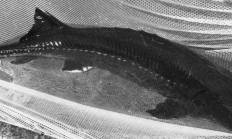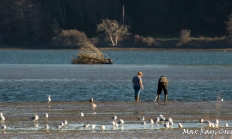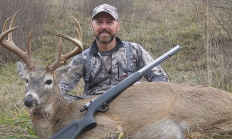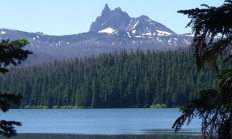Search myodfw.com
Showing 101 - 120 of 287 results
Article
Oregon has over 360 miles of coastline -- that's a big sandbox in which to take the family clamming and crabbing. They're open throughout the year and are suitable for everyone in the family. It's fun, it's easy, it's delicious.
January 5, 2024

Article
In some Oregon state waters catch-and-release fishing is required in order to protect valuable fish resources. One way anglers can help maintain and restore native fish populations is to learn how to catch and release wild fish properly.

Article
Dedicated fly-anglers don’t stop fishing in the winter, instead they adjust their tactics to the colder conditions.

Article
Due to increasing numbers of elk on private land and chronic elk damage, ODFW is piloting a new general season elk damage tag
May 5, 2022

Article
Ice fishing is becoming increasingly popular in Oregon as anglers look for new ways to enjoy fishing year-round. Here are some tips to get you started.

Article
Successful steelhead fishing is more about developing a good strategy for finding fish than about fussing over gear, techniques and colors. (Although pink worms really do work!)

Article
Each year over 9 million Oregonians and visitors head to hills – and the desert, and the beach – to enjoy the outdoor beauty Oregon offers. But with that many people actively appreciating the hills (and the desert and the beach) it’s becoming even more important that we learn to enjoy our fragile ecosystems today while also protecting them for tomorrow’s visitors.
February 14, 2020

Article
Spring bear is the first big game hunting season of the year – just one reason it’s popular with a dedicated group of hunters.

Article
Here you’ll find links to population, harvest and point summary reports that can help you decide what hunts to apply for.

Article
He is an Oregon icon – Herman, the sturgeon, the state's most famous fish. At 10 ft. long and nearly 500 lbs., Herman is not only one of Oregon's most distinctive aquatic characters- some even consider him the unofficial state fish.
September 26, 2023

Article
In nearly every Oregon estuary, some species of bay clams can be found. However, abundances and variety of species is different for each bay depending on a number of factors. Size and shape of the bay are the most critical factors. Tidal exchange, salinity, species ranges, and substrates also weigh heavily.

Article
Love the taste of crab and want to try harvesting your own? Already at the beach and looking for a family-friendly activity? Here are some areas to find your favorite seafood and have a fun day on the coast.

Article
See the latest and historic data on big game population surveys from 2012 to present.
July 22, 2024

Article
See the latest and historic data about big game hunting statistics for different hunts.

Article
From license discounts to additional controlled hunt tags, ODFW wants to make sure our uniformed service members are given the opportunity to participate in the outdoor recreation Oregon has to offer.
Article
Each year ODFW stocks millions of trout in dozens of reservoirs, lakes and ponds across the state. Finding these locations is easy using our trout stocking maps.

Article
Resuming in 2022, successful bear hunters must appear in-person at an ODFW office to check in their bear's skull.


Article
Long-leader gear is used to target midwater species like yellowtail rockfish, canary rockfish and widow rockfish, while avoiding bottom-dwelling species like yelloweye rockfish.

Article
Oregon offers spring and fall bear hunting seasons. Fall bear is an entirely general season hunt, while spring season is now all controlled hunt. There are no longer first-come, first-served SW Oregon bear tags.

